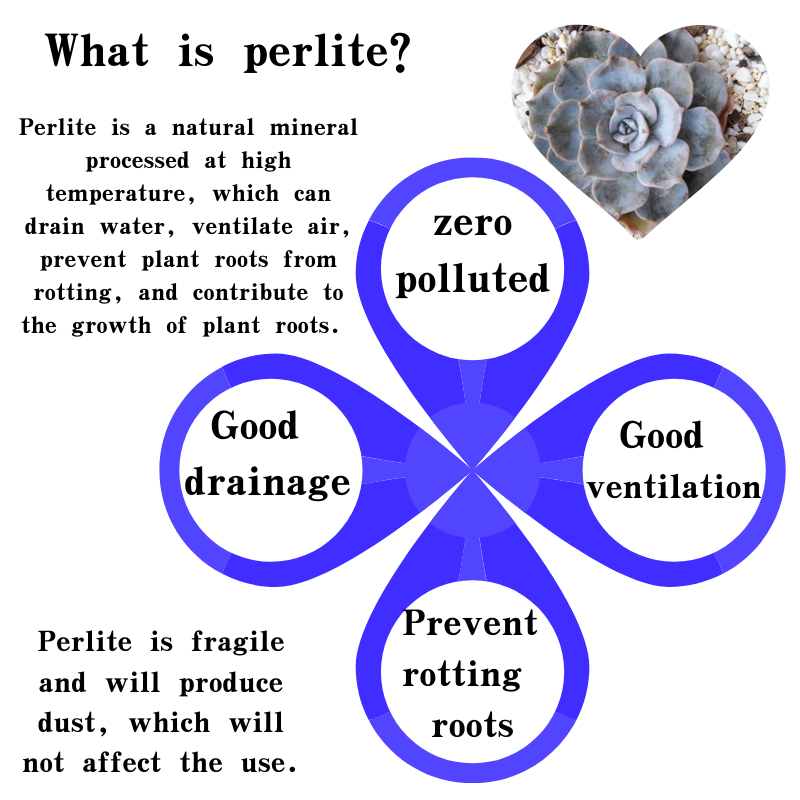
hydrated lime for soil
Hydrated Lime for Soil A Comprehensive Overview
Hydrated lime, scientifically known as calcium hydroxide (Ca(OH)₂), plays a crucial role in agriculture and land management, particularly in soil amendment practices. With its versatile properties, hydrated lime offers significant benefits for improving soil health, optimizing crop production, and mitigating various land management challenges. In this article, we will delve into the various aspects of hydrated lime and its application in soil enhancement.
What is Hydrated Lime?
Hydrated lime is produced by the hydration of quicklime, which is derived from limestone. The chemical reaction involved in creating hydrated lime is as follows
\[ \text{CaO (s)} + \text{H}_2\text{O (l)} \rightarrow \text{Ca(OH)}_2 (s) \]
This process creates a fine white powder that can be easily applied to soil. Hydrated lime is available in several forms, including dry powder and slurry, making it suitable for various agricultural practices.
Improving Soil pH
One of the primary uses of hydrated lime in agriculture is to adjust soil pH. Many soils, especially those in humid regions, can become excessively acidic over time, leading to poor crop yields. Increasing the pH of acidic soils can enhance nutrient availability and improve the overall fertility of the land. When applied, hydrated lime reacts with soil acids to neutralize them, effectively raising the soil's pH level. This process can significantly improve the growth environment for plants, allowing for better root development and nutrient absorption.
Nutrient Availability
The pH level of soil directly influences the availability of essential nutrients required for plant growth. For instance, at low pH levels, key nutrients like phosphorus, calcium, and magnesium can become less available to plants. By raising soil pH through the application of hydrated lime, these nutrients become more soluble and accessible. Furthermore, hydrated lime also adds calcium to the soil, which plays a vital role in cellular functions of plants and strengthens cell walls.
hydrated lime for soil

Soil Structure and Aeration
Hydrated lime can also improve soil structure, benefiting both clayey and sandy soils. In clay soils, it helps to flocculate soil particles, enhancing drainage and promoting aeration. This leads to improved root development and reduces the risk of root rot. In sandy soils, hydrated lime can improve moisture retention, thereby enhancing plant growth. A well-structured soil contributes to a healthier ecosystem for beneficial microbes and earthworms, further enriching the soil’s functionality.
Disease and Pest Management
The use of hydrated lime in soil amendment also helps in managing certain soil-borne diseases and pests. By increasing the soil pH, hydrated lime can create an unfavorable environment for pathogens and pests that thrive in acidic soils. Additionally, the application of hydrated lime can suppress diseases like fusarium and certain types of nematodes, contributing to healthier crops and reducing the dependence on chemical pesticides.
Application Guidelines
The proper application of hydrated lime is essential to maximize its benefits. Soil testing is the first step to determine the current pH level and the amount of lime required. Generally, it is recommended to apply hydrated lime in the fall or early spring before planting crops, allowing enough time for the lime to react with the soil. It can be incorporated into the topsoil using various methods, such as tilling or broadcasting. Care should be taken to follow recommended application rates to avoid over-liming, which can lead to excessive alkalinity and nutrient imbalances.
Environmental Considerations
While hydrated lime offers numerous benefits, it is essential to consider its environmental impact. Lime applications should be performed thoughtfully to prevent runoff into nearby water bodies, where it could affect aquatic ecosystems. Moreover, farmers should follow best management practices to ensure sustainable use and avoid potential soil degradation over time.
Conclusion
Hydrated lime is an invaluable tool for soil management, contributing to improved soil pH, enhanced nutrient availability, better soil structure, and effective pest and disease management. Through careful application, farmers and land managers can harness the full potential of hydrated lime, leading to healthier soils and increased agricultural productivity. As sustainable practices become paramount in today's agricultural landscape, the judicious use of hydrated lime stands out as a critical component of effective soil health management strategies.
Share
-
Vermiculite Wholesale – Premium Quality, Bulk Supply & Competitive PricingNewsJun.10,2025
-
Premium Glass Pebbles Custom Glass Pebbles Factory & OEM Manufacturer Reliable Custom Glass Pebbles FactoriesNewsJun.10,2025
-
Expert Custom Zeolite Producers Manufacturers & FactoriesNewsJun.10,2025
-
Custom Glow in the Dark Beads High-Quality Custom ManufacturersNewsJun.10,2025
-
China Ceramsite Balls Factory - Lightweight & Durable Media Solutions ManufacturerNewsJun.09,2025
-
Custom Matte Mica Powder Manufacturers High Quality & AffordableNewsJun.09,2025






